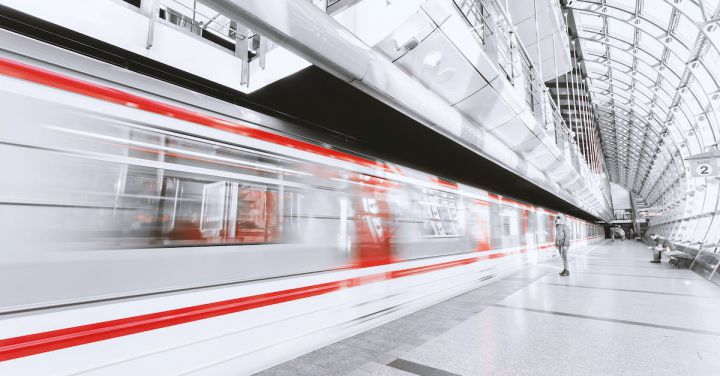The construction of tunnels in railway terrains poses numerous challenges that engineers must overcome. These challenges range from geological obstacles to logistical complexities. In this article, we will explore the various hurdles encountered during the construction of tunnels for railway systems.
One of the primary challenges faced by engineers is the geological composition of the terrain. Different types of soil and rock formations can greatly impact tunnel construction. For instance, soft soil can be unstable and prone to collapse, making it difficult to maintain the integrity of the tunnel. Similarly, rock formations with high levels of groundwater can pose a threat to tunnel stability. Engineers must carefully analyze the geological conditions and implement appropriate measures to ensure the safety and longevity of the tunnel.
Another challenge is the presence of existing infrastructure. Railway terrains are often densely populated, with numerous buildings, roads, and utilities already in place. Constructing tunnels in such areas requires meticulous planning and coordination with various stakeholders. Engineers must carefully navigate through the existing infrastructure to avoid disruptions to daily life. Additionally, they must ensure that the construction process does not damage or compromise the integrity of nearby structures.
Logistics also play a crucial role in tunnel construction. Transporting construction materials and heavy machinery to remote or inaccessible locations can be a logistical nightmare. Engineers must carefully plan and coordinate the transportation of these materials to ensure a smooth construction process. This may involve using specialized equipment or constructing temporary access roads to reach the construction site.
In addition to logistics, ensuring the safety of construction workers is of utmost importance. Tunnel construction often involves working in confined spaces, which can be hazardous. Adequate safety measures must be implemented to protect the workers from potential accidents or health risks. This includes providing proper ventilation, emergency exits, and safety training to all personnel involved in the construction process.
Furthermore, environmental considerations pose another challenge in tunnel construction. Railway terrains are often located in ecologically sensitive areas, such as forests or protected habitats. Engineers must take into account the impact of tunnel construction on the surrounding environment and implement measures to minimize any negative effects. This may involve conducting environmental impact assessments, implementing erosion control measures, or relocating wildlife if necessary.
Lastly, cost is always a major factor in tunnel construction. Building tunnels in railway terrains can be an expensive endeavor, requiring substantial financial resources. Engineers must carefully manage the project budget and find cost-effective solutions without compromising on quality or safety. This may involve exploring alternative construction methods or materials, as well as engaging in thorough cost-benefit analyses.
In conclusion, building tunnels in railway terrains presents numerous challenges that engineers must overcome. From geological obstacles to logistical complexities, each hurdle requires careful planning and execution. By analyzing the geological conditions, coordinating with stakeholders, managing logistics, ensuring worker safety, considering environmental impacts, and managing costs, engineers can successfully overcome these challenges and construct safe and efficient tunnels for railway systems.
